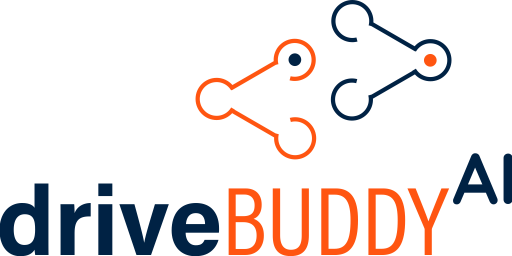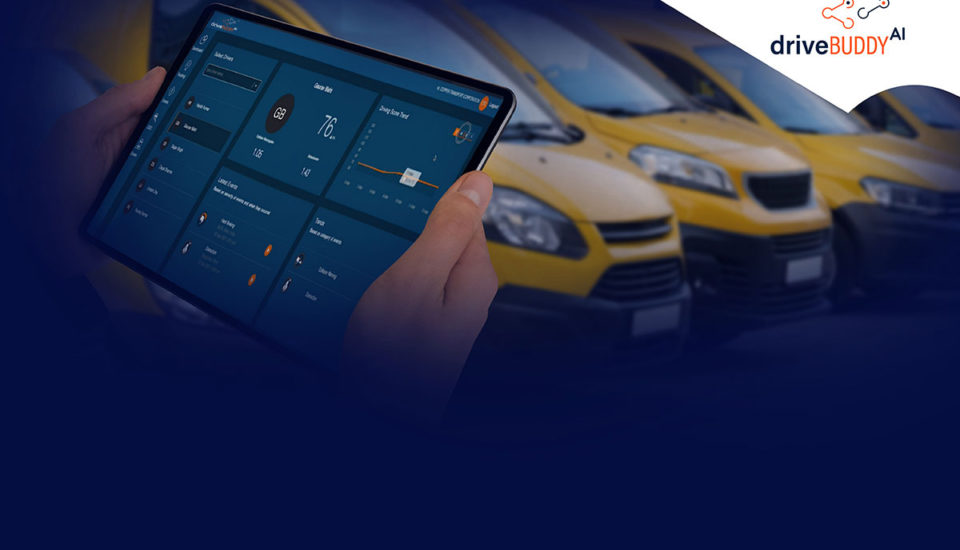One of the most anticipated innovations in transportation is Advanced Driver Assistance System (ADAS) technology, and new capabilities to this technology are being continuously developed and introduced. This is a boon for fleets as they stand to benefit from the improved safety and efficiency of ADAS technology as part of their fleet management system.
ADAS operate using a wide range of technologies – from cameras to radars and lidar systems which can operate both independently and in conjunction with other systems that help to identify and avoid possible hazards. This is achieved by either warning the driver or proactively taking over an element of vehicle control such as braking or steering if the driver doesn’t react. ADAS have a key role to play in the reduction of the number of vehicle accidents on the road. As the technology has improved, so has the safety of fleet vehicles equipped with ADAS.
FACTS ON FLEET SAFETY:
Depending on the type of the goods, fleets have different risks which specifically can be categorized by
- Fleets who have a need to improve their TAT (Turn around Time) for eg. Ecommerce fleets
- Fleets who have a need to improve overall safety for eg. Hazmat fleets
Accidents are a major concern across the globe when it comes to long-haul driving.
Accident Timings and Causes:
When a vehicle meets with an accident:
- 70% of the total accidents happen between midnight and early morning
- 90% of these accidents occur due to driver drowsiness & fatigue
- The remaining 30% of accidents happen during the daytime
- Major causes are:
- Distractions
- Phone usage
- Not maintaining a safe distance from the front vehicles
- Major causes are:
Not every drowsy driver loses his life, but accidents are never planned and so being drowsy or inattentive while driving can cause serious damage to goods, lives etc. and can also impact business activities. Here are some pertinent stats that show what impact an accident can have:
Losses Due to On-road Accidents:

For fleet companies, if any of their vehicles meet with an accident, the impacts of this can include:
- Damage to the vehicle – Repairable
- Injuries to driver & co-driver or traveller/rider on the road
- The first impact is immediate repair expenses. Even for a minor accident, it can cost up to 50K to 1L and for major accidents, it can go even higher
- This causes the Insurance premiums to go up considering the fact that the risk profile of a fleet company goes up after even one accident.
- Considering the risk & claims made for insurance, the fleet company loses the advantage of the No Claim Bonus (NCB) for the next year’s premium cycle. These benefits usually range between 20% to 50%
- Because the truck is off the road due to maintenance work, it will also incur business losses up to INR 6 Lacs during a month considering a truck on average carries out 5-7 long haul round trips (Approx 2,000 Kms per round trip) in a month
- They might incur a penalty for damaged goods
- It can have an adverse impact on business reputation
Benefits of having ADAS
- Increased safety leads to fewer, less severe accidents
- Fewer, less severe accidents reduce the downtime of the vehicles
- Improved safety reduces the risk of injuries to drivers
- Insurance companies charge lower premiums for devices fitted with ADAS
- Fewer claims can lead to discounts on the insurance premiums with a UBI structure
- More business from the market considering the safety-conscious reputation
How ADAS has performed so far in reducing the accidents and risk
drivebuddyAI has engaged in significant data analysis of existing customer fleet companies to quantify the benefits of using its ADAS platform.
- The risk is observed to be reduced by 86% on an overall basis
- The tendency of drivers to maintain a safe distance was increased by 56%
- The tendency of drivers to engage in distraction-related activities or fatigue was reduced by 62%
- The overall response to real-time alerts by drivers was observed to be 65%






